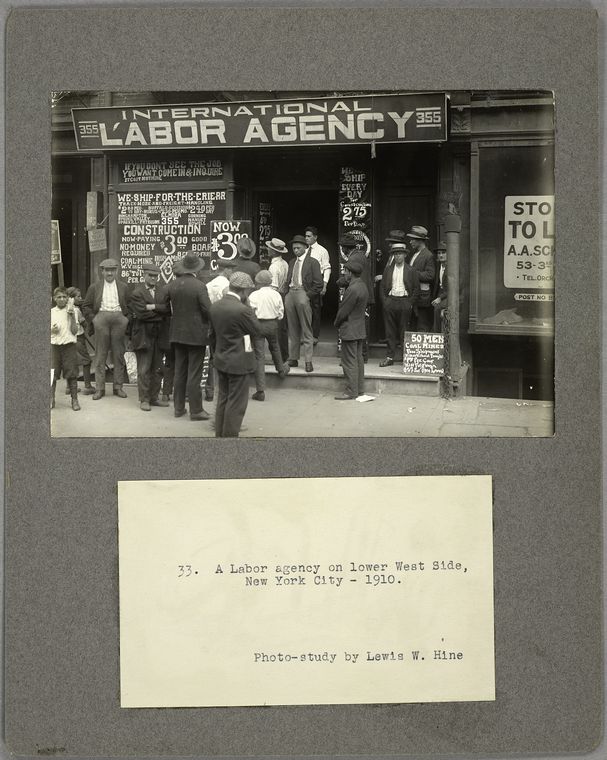Financial Reform of 2010 and Glass-Steagall Act of 1933
The article writes about the 2010 financial reform conducted by president Obama and democratic congress by passing the Dodd-Frank act. The reform was a response to the largest economic recession since the Great Depression, which was sparked by troubles in the financial industry. The article summarizes the important provisions of the bill, and starts, not randomly, with the expansion of the focus of federal financial oversight from banks and public markets to a wider range of financial companies and “black markets”. It also created new council of federal regulators to coordinate the detection of risks to the financial system, provided ability for government to dismantle troubled companies, created a financial products consumers protection agency, imposed restrictions on trading derivatives, to make the process more transparent, also restricted the ability of “FDIC insured” banks to trade for their own benefits (Volcker rule).
http://topics.nytimes.com/topics/reference/timestopics/subjects/c/credit_crisis/financial_regulatory_reform/index.html
The regulation is very similar to the Glass-Steagall act of 1933, in that it was enacted in very similar circumstances and had very similar purpose and targets: to limit the risks associated with financial industry. It was also passed during an unprecedented economic recession, to which the financial collapse of 1929 contributed a great deal. While the Glass-Steagall is more radical then the Dodd-Frank, its basic provision to separate commercial banking from Wall Street investing is very similar to the Volcker rule.




.jpg)








